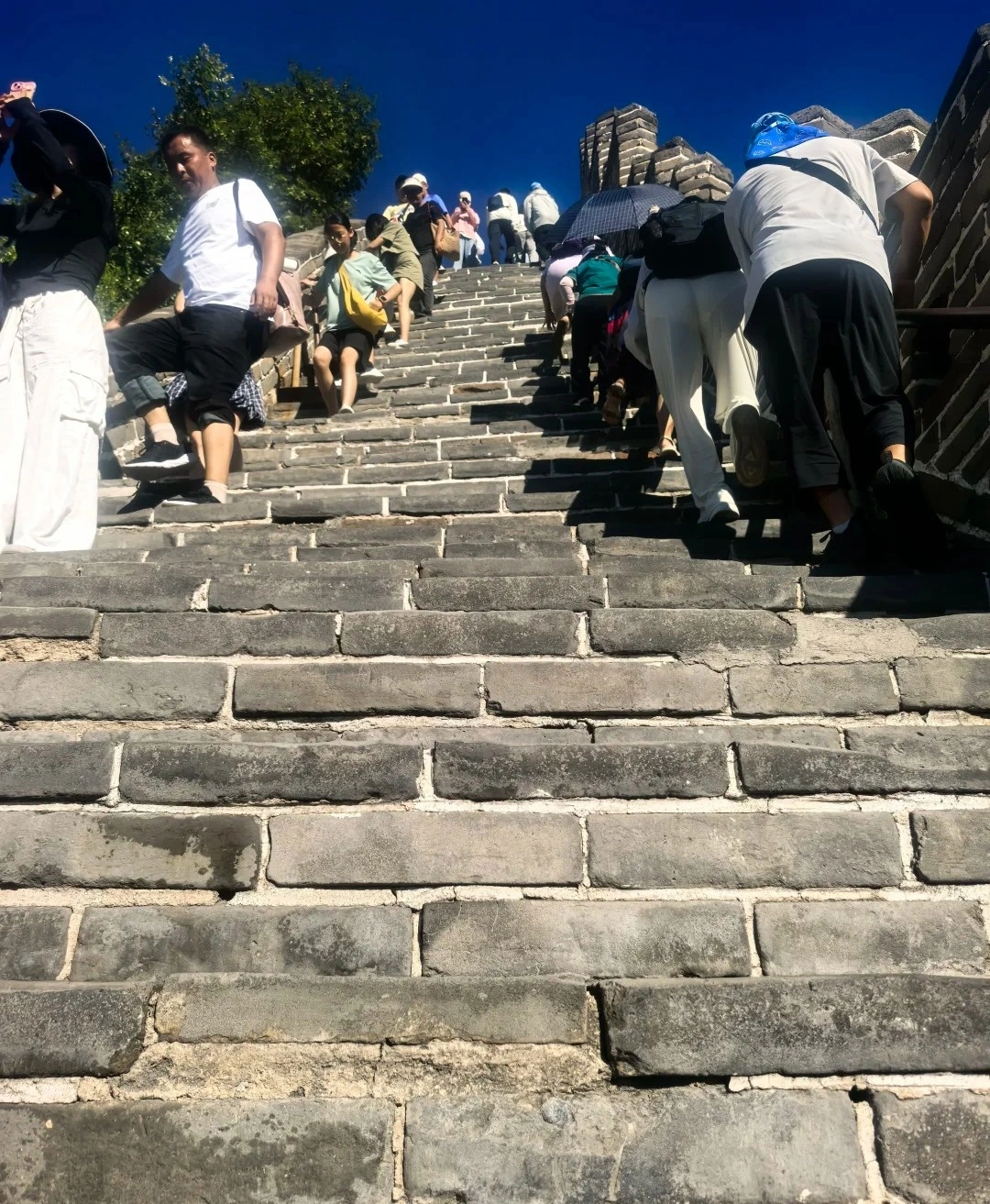Wuluwati Reservoir
Historical Overview
Construction began in 1993 as part of China’s Western Development Strategy, mobilizing over 10,000 workers to relocate ancient tombs and restore nearby cultural relics. The project transformed a barren gorge into a lifeline for 500,000 hectares of farmland, while preserving 1,500-year-old Buddhist cave murals discovered during excavation. In 2005, it was recognized as a "National Eco-Tourism Demonstration Zone" for balancing development and heritage conservation.
Structural Layout
The reservoir’s design integrates three zones:
- Dam Core: A 138-meter-high arch dam with 8 spillway gates, generating 150 MW of electricity.
- Lake Area: A 22km-long reservoir with islands formed by submerged hills.
- Cultural Buffer: Protected zones for Silk Road relics, including the reconstructed Kargilik Ancient City.
Key structures include the Dam Observation Deck and the Silk Road Museum.
Major Attractions
- Dam Observation Deck: Panoramic views of the reservoir, Kunlun peaks, and Taklamakan Desert.
- Silk Road Museum: Displays excavated Tang Dynasty pottery and Buddhist scriptures.
- Kargilik Ancient City: A reconstructed 8th-century trading post with mud-brick fortifications.
- Desert Adventure Zone: Camel treks, dune buggy rides, and stargazing camps.
- Uyghur Cultural Village: Traditional adobe homes, craft workshops, and folk performances.
Suggested Itineraries
-
Half-Day Classic Route (4 hours):
Dam Entrance → Observation Deck → Silk Road Museum → Kargilik Ancient City → Uyghur Village
Highlights: Engineering marvels, historical artifacts, and cultural interactions. -
Adventure Route (Full Day):
Morning: Camel trek in Taklamakan Desert.
Afternoon: Visit museum and ancient city.
Evening: Sunset cruise on the reservoir. -
Cultural Immersion (2 Days):
Day 1: Explore hydroelectric facilities and attend a Uyghur music concert.
Day 2: Trek to nearby hot springs and join a pottery-making workshop.
Ticket Purchase
- Admission: Free entry to the reservoir area; museum tickets ¥30 (adults), ¥15 (students).
- Guided Tours: ¥200–400/group (includes Transportation and desert activities).
- Permits: Required for overnight camping (apply via Xinjiang Tourism Bureau).
Transportation
- By Car: 2.5-hour drive from Hotan City via G315; parking ¥10/day.
- By Bus: Daily buses from Hotan to Pishan County (¥25, 1.5 hours), then taxi to reservoir (¥15).
- By Tour: Pre-arranged tours from Urumqi (¥600–800/person, including flights).
Best Time & Tips
- Optimal Season: April–October (mild temperatures; avoid July–August heat).
- Essentials:
- Sun protection (hat, SPF 50+ sunscreen).
- Warm clothing for desert nights (temperatures drop 15°C after sunset).
- Cash for remote villages (limited ATM access).
- Cultural Sensitivity: Ask permission before photographing locals; dress modestly in villages.
- Prohibited Items: Drones (require special permits), open fires.
Contact Us
What Our Clients Say?
Based on 10,000+ traveler reviews














